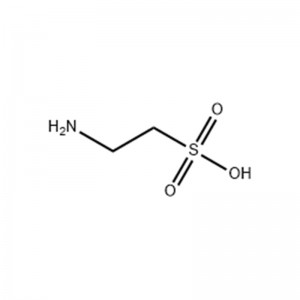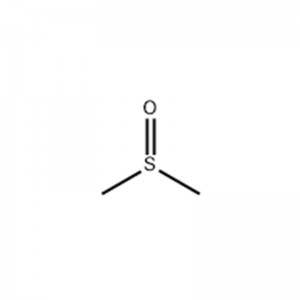
Products
2-Chloronicotinic Acid
Structural Formula

Physical Properties
Appearance: colorless solid
Melting point: 176-178°C(dec.)(lit.)
Boiling point: 316.8±22.0°C(Predicted)
Density: 1.470±0Chemicalbook.06g/cm3(Predicted)
Storage condition: 2-8°C
Acidity coefficient (pKa): 2.07±0.25(Predicted)
Safety Data
It belongs to common goods
Customs Code:2933399090
Export Tax Refund Rate(%):11%
Application
It is an important fine chemical intermediate with special physiological activity, and is widely used as an amide pesticide, diflufenican, and a pharmaceutical intermediate, mainly used for preparing a new high-efficiency herbicide, nicosulfuron, a non-steroidal anti-inflammatory drug, a high-efficiency anti-inflammatory analgesic, niflumic acid, pranoprofen, an antidepressant, mirtazapine, and an HIV reverse transcriptase inhibitor, nevirapine.
First Aid Measures
Inhalation: If inhaled, move patient to fresh air.
Skin contact: Remove contaminated clothing and rinse skin thoroughly with soapy water and water. If discomfort occurs, seek medical attention.
Eye contact: Separate eyelids and flush with running water or saline. Seek immediate medical attention.
Ingestion: Rinse mouth and do not induce vomiting. Seek immediate medical attention.
Advice to those protecting the rescuer.
Move patient to a safe place. Consult a physician. Show the MSDS to the doctor on site.
Fire Fighting Measures
Extinguishing agents.
Extinguish the fire with water spray, dry powder, foam or carbon dioxide extinguishing agents.
Avoid using direct running water to extinguish the fire; direct running water may cause splashing of combustible liquids and spread the fire.
Firefighting precautions and protective measures.
Firefighters must wear air-carrying breathing apparatus and full-body firefighting suits to extinguish the fire upwind.
Move the container from the fire to the open area as far as possible.
If the container in the fire scene has changed color or sound from the safety relief device, it must be evacuated immediately.
Isolate the accident scene and prohibit the entry of unrelated personnel. Take in and dispose of fire water to prevent pollution of the environment.
Leak emergency treatment
Protective measures, protective equipment and emergency disposal procedures for operating personnel.
It is recommended that emergency response personnel wear air-carrying respirators, anti-static clothing, and rubber oil-resistant gloves.
Contact with or across the spill is prohibited.
Ground all equipment used during operation.
Disconnect the source of the spill if possible.
Eliminate all sources of ignition.
Delineate a cautionary area based on the area affected by liquid flow, vapor or dust dispersion, and evacuate extraneous personnel to a safe area from the side and upwind direction.
Environmental protection measures.
Contain spills to avoid contaminating the environment. Prevent spills from entering sewers, surface water and groundwater.
Reception and removal methods for spilled chemicals and disposal materials used: Small spills: Collect spilled liquid in a sealable container if possible. Absorb with sand, activated carbon or other inert materials and move to a safe place. Flushing into sewers is prohibited. Large spills: Construct an embankment or dig a pit to contain it. Seal drainage pipes. Cover with foam to inhibit evaporation. Transfer to tanker or special collector with explosion-proof pump, recycle or transport to waste disposal site.








